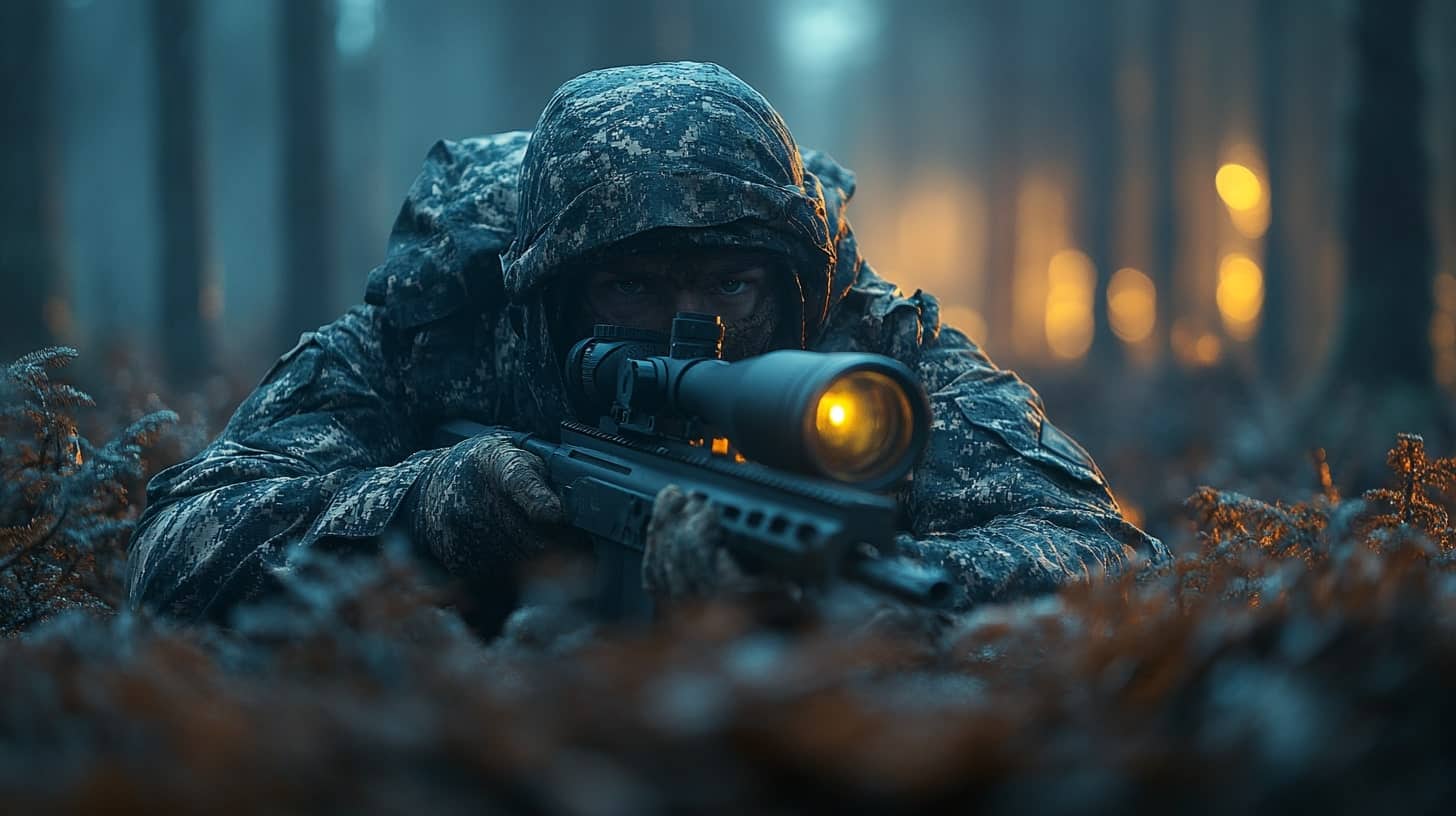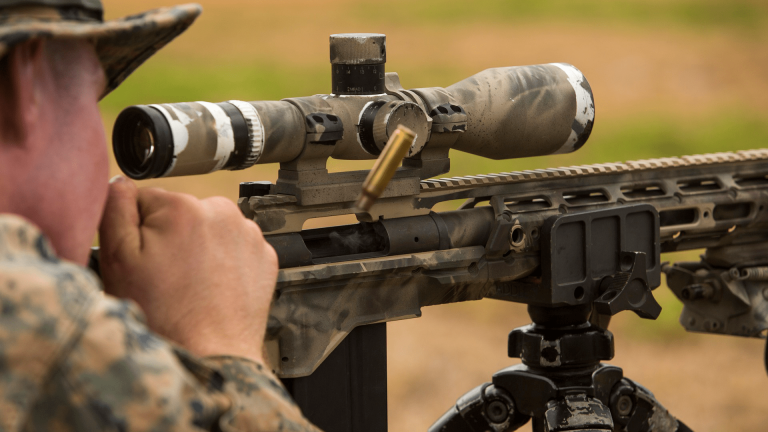The Ultimate Guide to Night Vision Scopes: Features, Uses, and Buying Tips
Introduction
Night vision scopes have revolutionized the way hunters, security personnel, and firearm enthusiasts operate in low-light conditions. Whether you’re tracking game at night, conducting surveillance, or engaging in tactical applications, the right night vision scope can make all the difference. However, with various technologies and models available, choosing the best scope can be challenging.
In this comprehensive guide, we’ll explore the science behind night vision, the different types of scopes, key features to consider, and expert tips for selecting the perfect scope for your needs.
How Night Vision Scopes Work
Night vision technology amplifies the available ambient light, such as moonlight or infrared illumination, to create a visible image in dark environments. The process involves several key components:
- Objective Lens – Captures the minimal light present.
- Photocathode – Converts light photons into electrons.
- Image Intensifier Tube – Amplifies the electrons and converts them back into visible light.
- Eyepiece – Displays the intensified image in a green or black-and-white format.
Modern night vision scopes rely on generation-based technology, with newer generations offering improved resolution, sensitivity, and durability.
Types of Night Vision Scopes
1. Traditional Image Intensifier Night Vision Scopes
These are the classic green-phosphor night vision scopes that work by amplifying available light. They are commonly categorized into:
- Generation 1 (Gen 1): Affordable but with lower resolution and shorter range.
- Generation 2 (Gen 2): Improved clarity and better light amplification.
- Generation 3 (Gen 3): Military-grade technology with high resolution and long-range performance.
- Generation 4 (Gen 4): The latest and most advanced, offering exceptional clarity and performance in near-total darkness.
2. Digital Night Vision Scopes
Digital scopes use a CMOS sensor instead of traditional intensifier tubes, offering day and night usability, onboard recording, and image enhancements.
3. Thermal Imaging Scopes
Unlike standard night vision, thermal scopes detect heat signatures rather than amplifying light. This allows for clear visibility of targets in complete darkness, fog, or dense brush.
Key Features to Look For in a Night Vision Scope
1. Resolution and Image Clarity
Higher resolution means a sharper image. Gen 3 and digital scopes provide the best clarity, while Gen 1 models may have noticeable graininess.
2. Magnification and Field of View
- Lower magnification (1x-4x): Ideal for wide-area scanning and close-range engagements.
- Higher magnification (5x-10x): Suitable for long-range targeting but may reduce field of view.
3. Infrared (IR) Illuminators
Many night vision scopes include built-in IR illuminators to enhance visibility in complete darkness. External IR attachments can further improve performance.
4. Battery Life and Power Efficiency
Battery life varies depending on the scope type. Thermal scopes and high-powered digital units consume more energy, so check for models with long battery life or rechargeable options.
5. Durability and Weather Resistance
If using a night vision scope for hunting or tactical applications, ensure it is:
- Shockproof (to withstand firearm recoil).
- Water-resistant (IPX rating recommended).
- Fog-proof (for use in humid or cold conditions).
Best Uses for Night Vision Scopes
1. Hunting at Night
Night vision is a game-changer for hunting predators, hogs, and varmints that are most active after sunset. Scopes with thermal capabilities help spot animals hidden in dense vegetation.
2. Home Defense and Security
For property surveillance or personal defense, a night vision or thermal scope allows clear identification of potential threats in low-light conditions.
3. Military and Tactical Applications
Law enforcement and military personnel rely on Gen 3 and Gen 4 night vision scopes for precision shooting, reconnaissance, and combat operations.
4. Recreational Shooting and Airsoft
Night vision scopes are becoming increasingly popular in airsoft and paintball for simulated nighttime operations.
Choosing the Best Night Vision Scope for Your Needs
For Beginners
If you’re new to night vision, start with an affordable Gen 1 or digital scope. Digital models allow for daytime use and often include video recording capabilities.
For Hunters
A Gen 2+ night vision or a thermal scope is ideal for tracking game at night. Look for long battery life, high resolution, and a durable build.
For Tactical and Professional Use
Opt for a Gen 3 or Gen 4 night vision scope with a rugged, weatherproof body. Models with variable magnification and IR compatibility offer added versatility.
Conclusion
Investing in a night vision scope opens up a world of possibilities, from night hunting to personal security and tactical operations. By understanding the different types of night vision scopes and key features, you can make an informed decision and find the perfect scope for your needs.Whether you choose a traditional image intensifier, a digital model, or a thermal scope, having the right tool for nighttime visibility will greatly enhance your shooting accuracy and safety.






